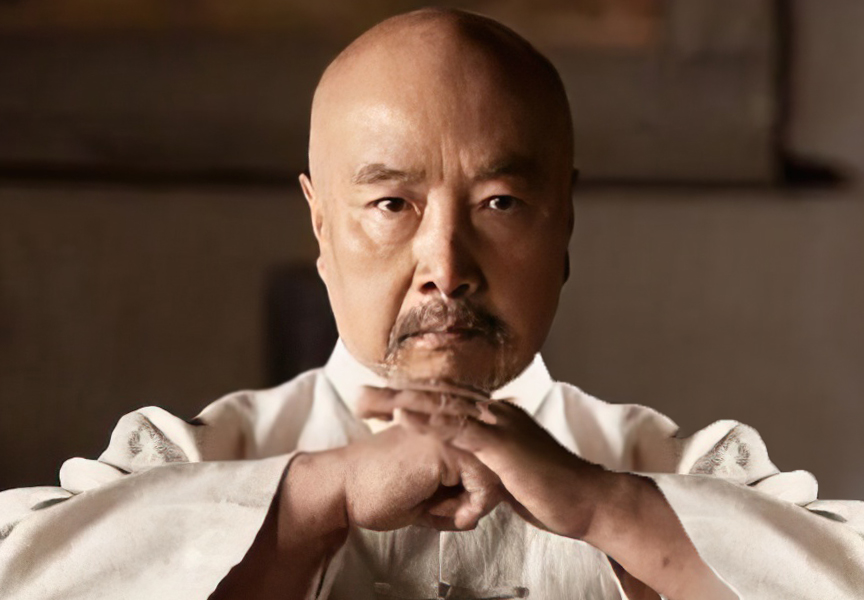Random Free Articles
- Progress Rooted in Tradition

In an era characterized by rapid technological advancements and a relentless pursuit of the new, it is crucial to recognize the enduring value of tradition and primordial knowledge in shaping the path of human progress. While modernity often encourages us to look forward, we must also look backward to the wisdom embedded in our cultural heritage, ancient practices, and timeless traditions. This article delves into the symbiotic relationship…
- The Horse Stance in Shaolin Kung Fu
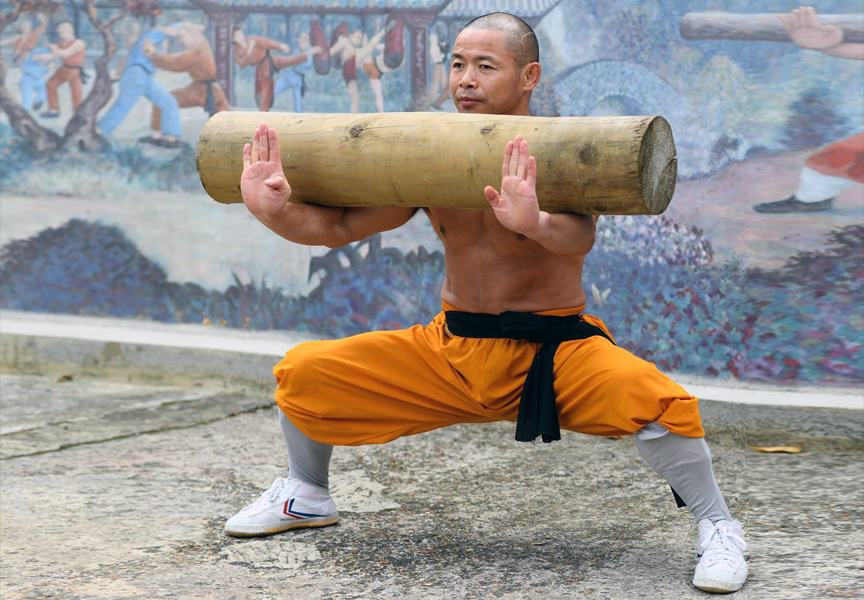
Shaolin Kung Fu, with its roots in ancient Chinese martial arts, is renowned for its diverse techniques and holistic approach to physical and mental well-being. At the heart of Shaolin training lies the Horse Stance, known as Mabu - [Chin.: mǎ bù 马步] in Chinese. This fundamental stance serves as the cornerstone of many martial arts disciplines, providing practitioners with a solid foundation for strength, balance, and internal energy…
- Understanding Fajin
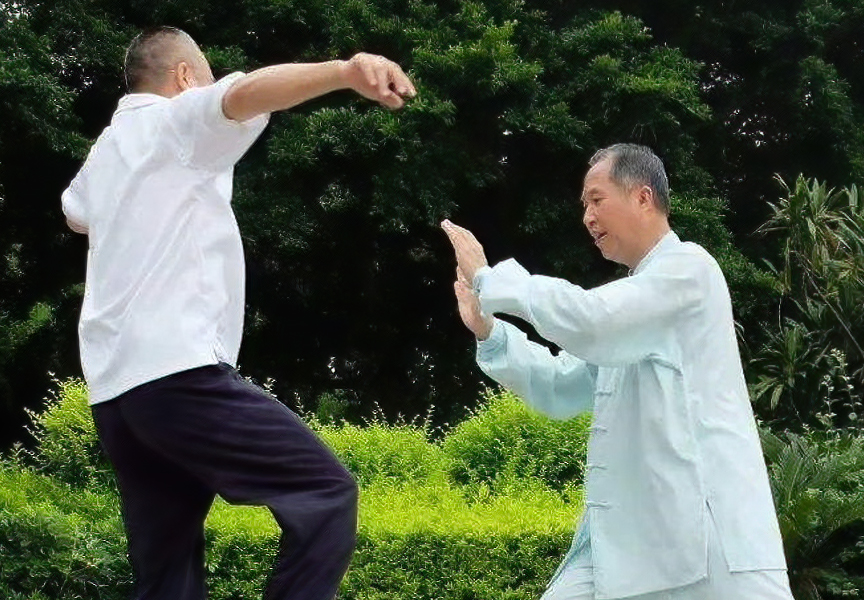
The Art of Explosive Energy Martial arts, with their rich history and diverse techniques, continue to captivate practitioners and enthusiasts around the world. One such concept that has intrigued martial artists for centuries is Fajin [Chin.: Fā jīn 法金], which translates to "explosive energy" or "issuing energy." Fajin is an essential aspect of many Chinese martial arts, and understanding it unlocks a deeper level of…
- Martial Arts and Violence
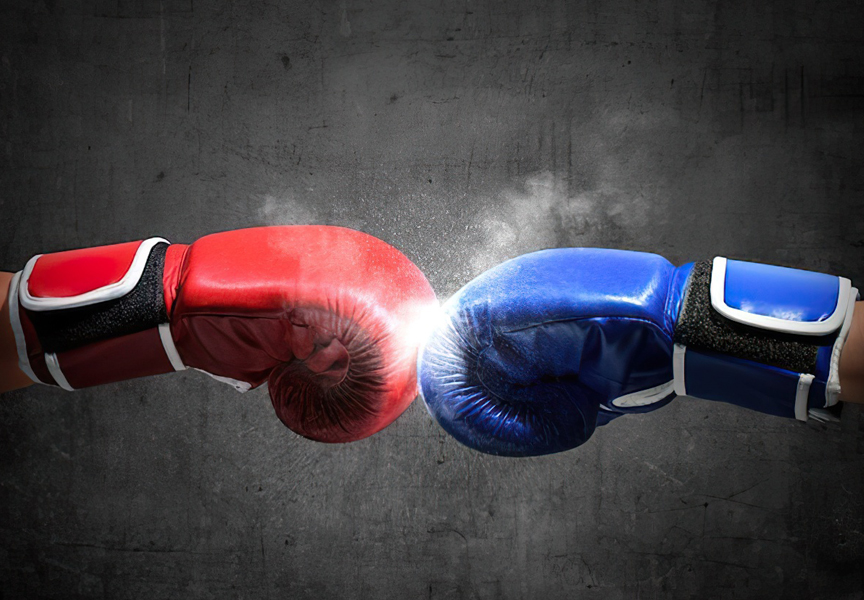
In recent years, there has been an ongoing debate surrounding the association between martial arts and violence, particularly concerning children who practice combat sports. Concerned parents often express worry about their children potentially becoming more aggressive due to their involvement in activities like Κarate, Kung Fu, or taekwondo. However, it's crucial to debunk this misconception and understand the broader context in which…
- The Sacred Path of Shaolin Kung Fu
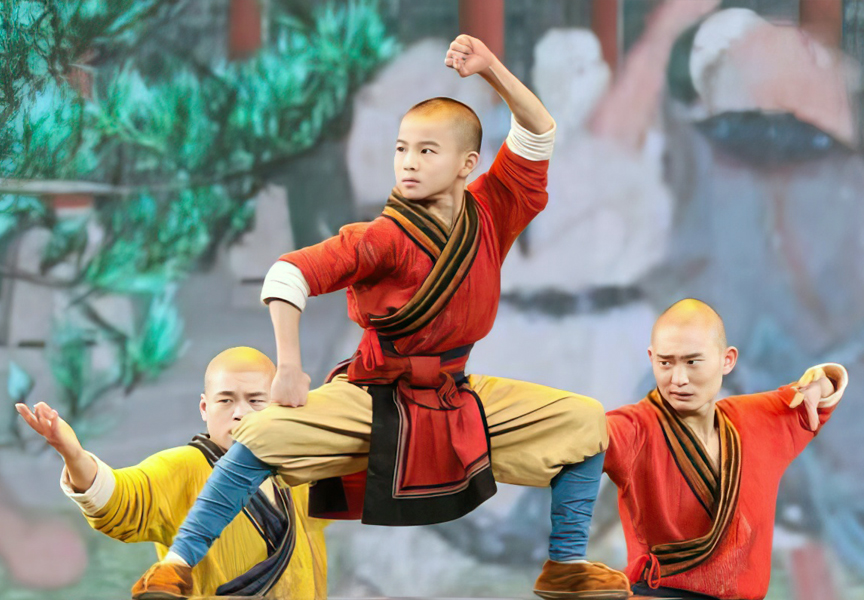
Not for Everyone, but Perfect for Some In the annals of martial arts history, few disciplines evoke the mystique and reverence quite like Shaolin Kung Fu. Rooted in centuries of tradition, Shaolin Kung Fu embodies not just physical prowess, but also spiritual growth, discipline, and a deep connection to the heritage of ancient China. It's a path that demands unwavering dedication, relentless practice, and a commitment that spans a…

